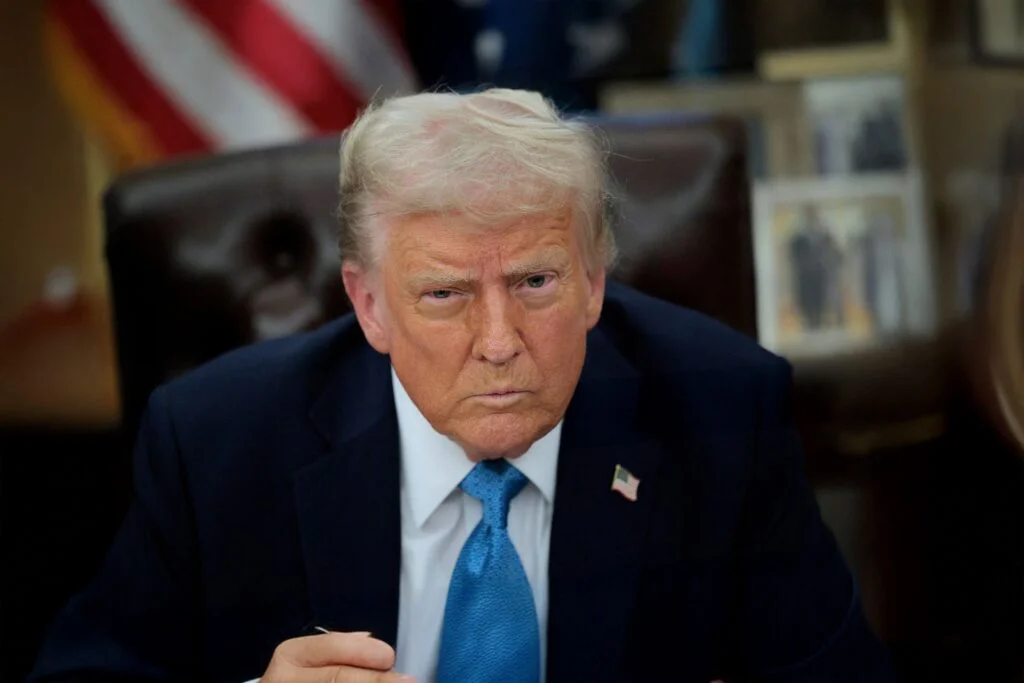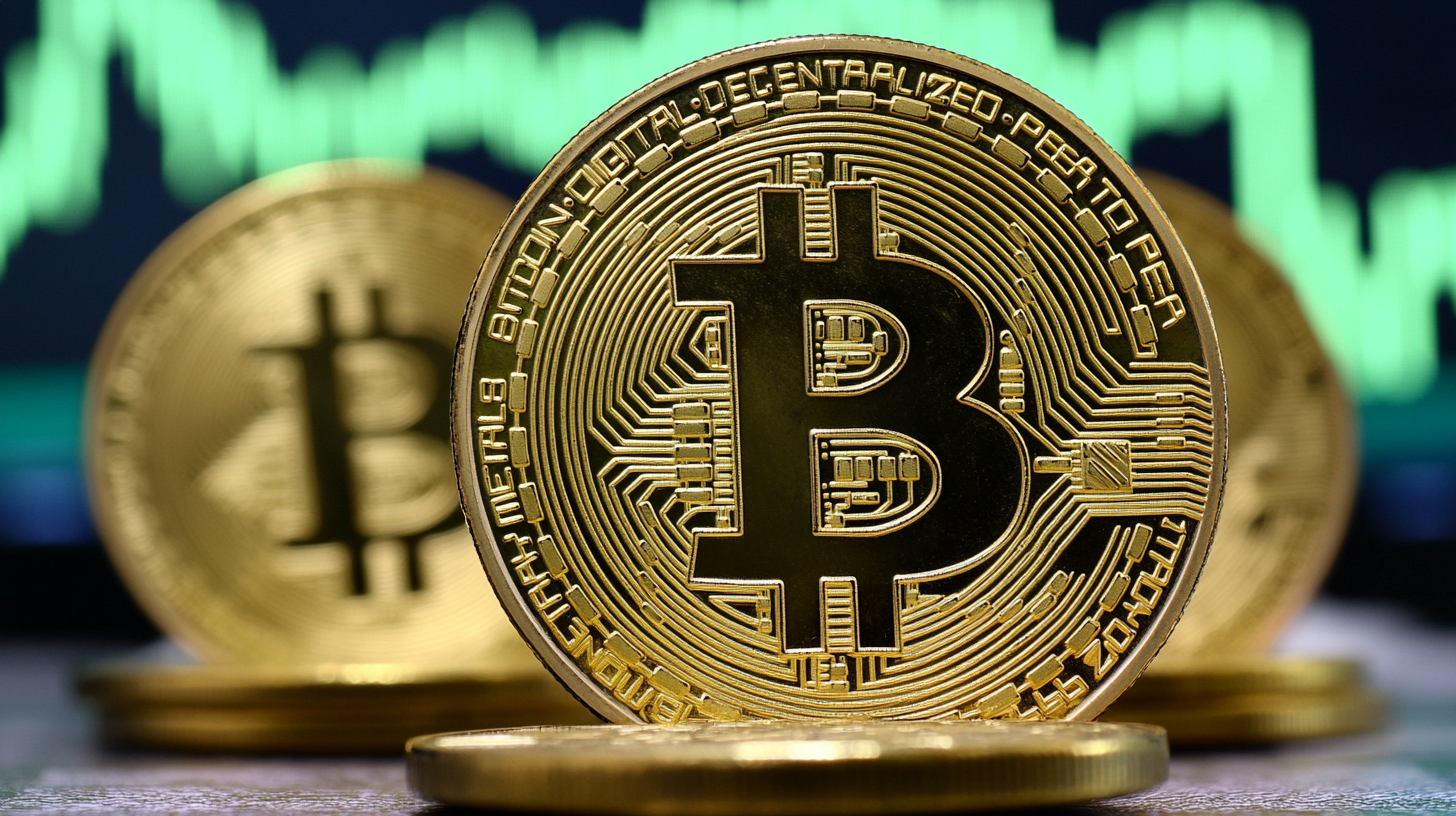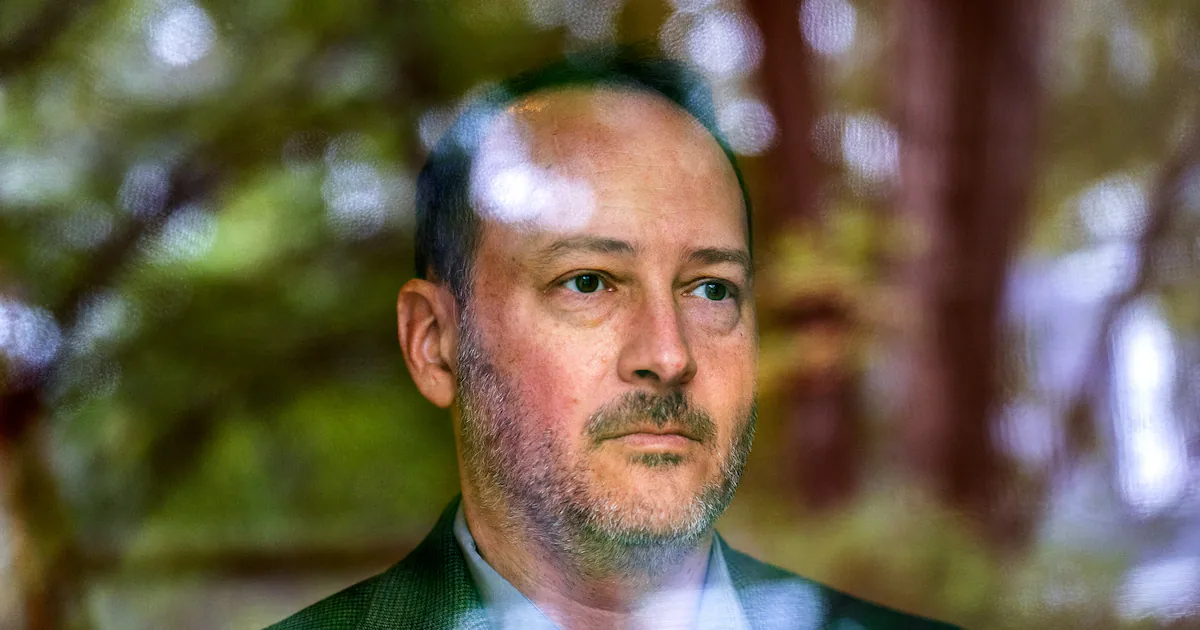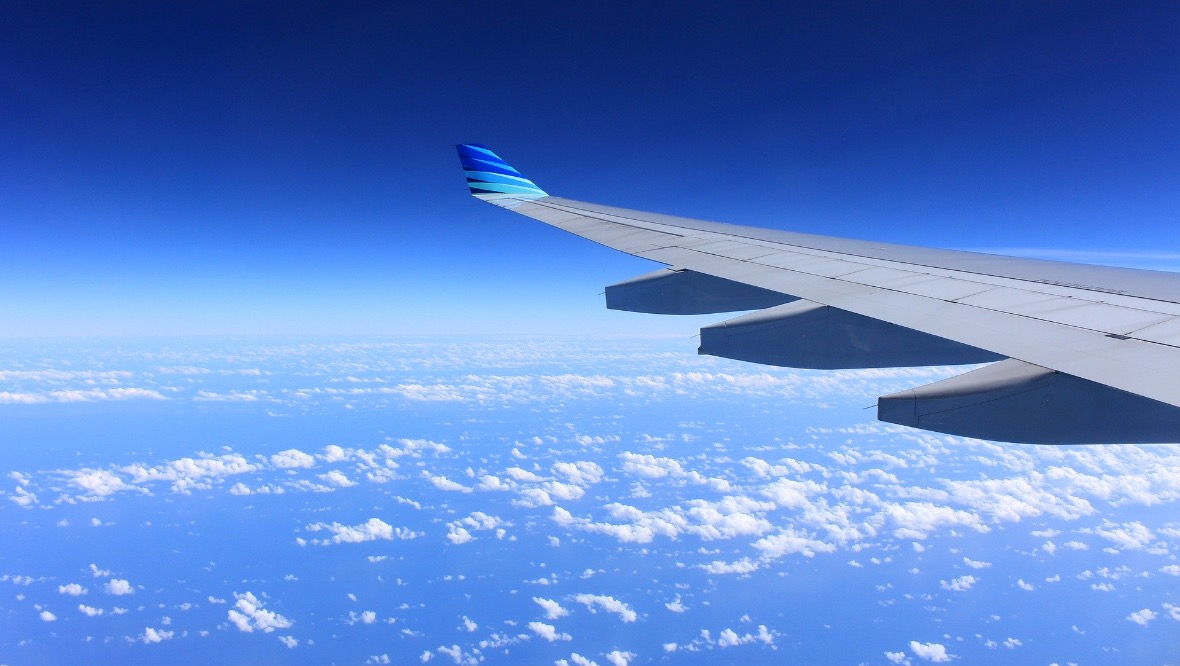Copyright Benzinga

President Donald Trump and Australian Prime Minister Anthony Albanese on Monday signed a multibillion-dollar partnership at the White House. The goal is to secure the future of global critical mineral supply chains and strengthen defense cooperation. New Framework for Supply Chain Security The agreement, titled the “U.S.–Australia Framework for Securing of Supply in the Mining and Processing of Critical Minerals and Rare Earths,” establishes a bilateral response group to coordinate policy, investment, and project delivery. “President Trump and I agreed today we will work very hard together in both our nations’ interests. We have agreed today Australia and America are going to make more things together with our historic framework on critical minerals,” Albanese said. Also Read: Trump Likely To Invest In More Rare Earths, Bessent Says Commitment of Billions in Joint Investment The framework will channel billions in joint investment into mining, refining, and advanced manufacturing projects vital for defense and technology. The Export-Import Bank of the United States has issued seven Letters of Interest worth $2.2 billion, unlocking up to $5 billion in total investment. Furthermore, direct contributions from both governments will be $3 billion over six months, toward an $8.5 billion project pipeline. Australia’s superannuation funds are also expanding U.S. exposure, expected to rise to $1.44 trillion by 2035, fueling technology and energy ventures across both economies. Strengthening Defense Collaboration The deal also strengthens industrial defense collaboration, with additional Australian investment in Anduril underwater vehicles, Apache helicopters, and U.S.-made missile defense systems, reinforcing AUKUS cooperation. High-Priority Projects: Rare Earths and Gallium Two high-priority mining projects will receive immediate support. The first is Arafura Rare Earths’ (OTC:ARAFF) Nolans venture in the Northern Territory, which secured $100 million in equity. Its fully integrated “ore-to-oxide” model will enable processing onshore, ensuring a secure, transparent supply chain for Western defense industries. When complete, Nolans will supply roughly 5% of global rare earth demand, focusing on neodymium and praseodymium. These are key metals for missiles, electric vehicles, and fighter jet systems. The second project is Alcoa’s (NYSE:AA) Sojitz joint venture gallium recovery project in Wagerup, Western Australia. The project will receive $200 million in concessional equity from Canberra and matching support from Washington. It will extract gallium— a metal essential for semiconductors, radar systems, and defense electronics. Once operational, it will produce 100 metric tons per year, significantly reducing dependence on China, which currently dominates global gallium output. Analyst Commentary on China’s Market Dominance The latest note from Goldman Sachs points to this problem and its underlying risks. On Monday, the bank warned that China controls 69% of rare earth mining, 92% of refining, and 98% of magnet manufacturing. Analysts cautioned that even a 10% disruption could trigger $150 billion in global economic losses. Still, the US-Australia partnership is one of the best efforts to de-risk this market concentration. “Australia is really, really going to be helpful in the effort to take the global economy and make it less risky, less exposed to the kind of rare earth extortion that we’re seeing from the Chinese,” Kevin Hassett, director of the White House National Economic Council, said per The New York Times. Price Action: AA stock was up 0.98% at $39.34 in premarket trading Tuesday, after closing 8.31% higher on Monday. Read Next: Cleveland-Cliffs Explores Rare Earths — Stock Soars Image by Brian Jason via Shutterstock



